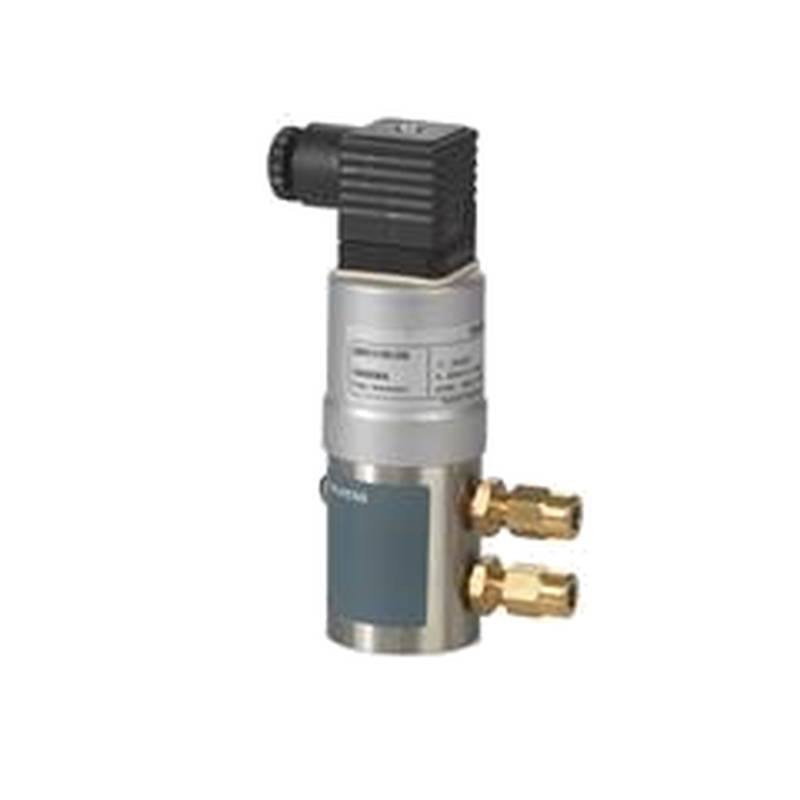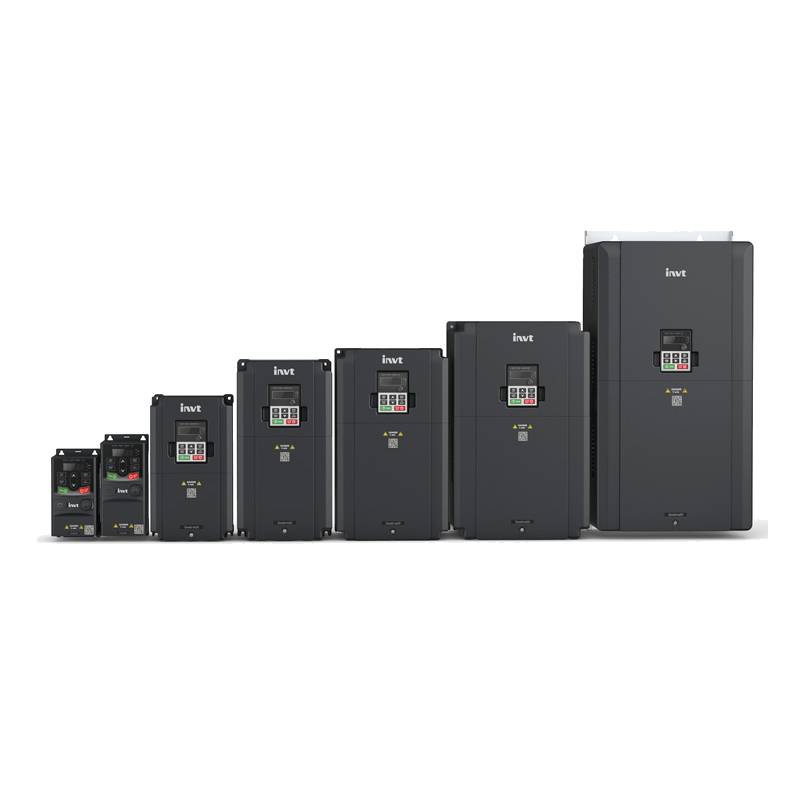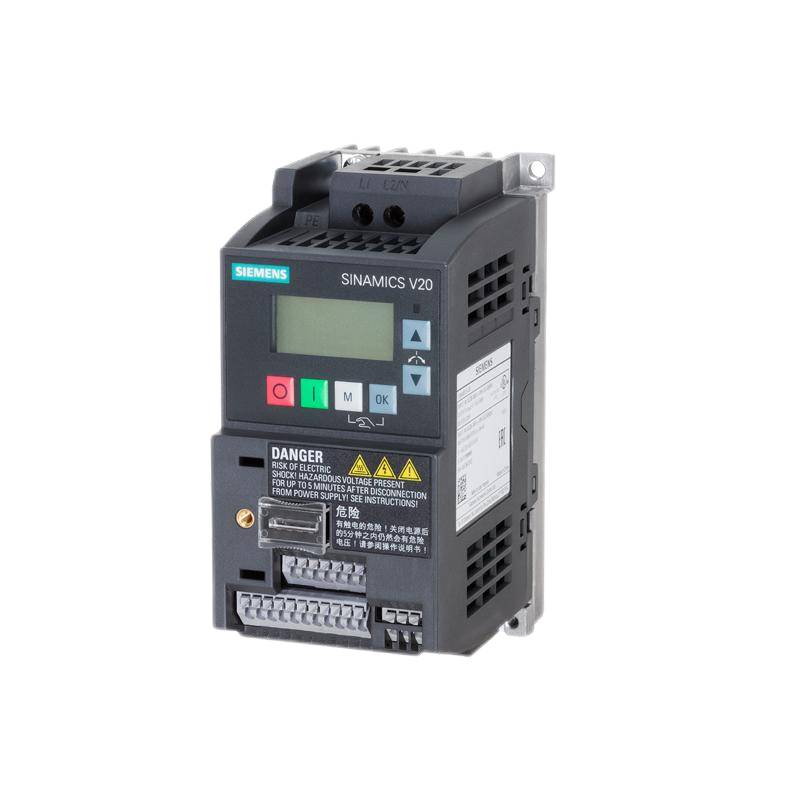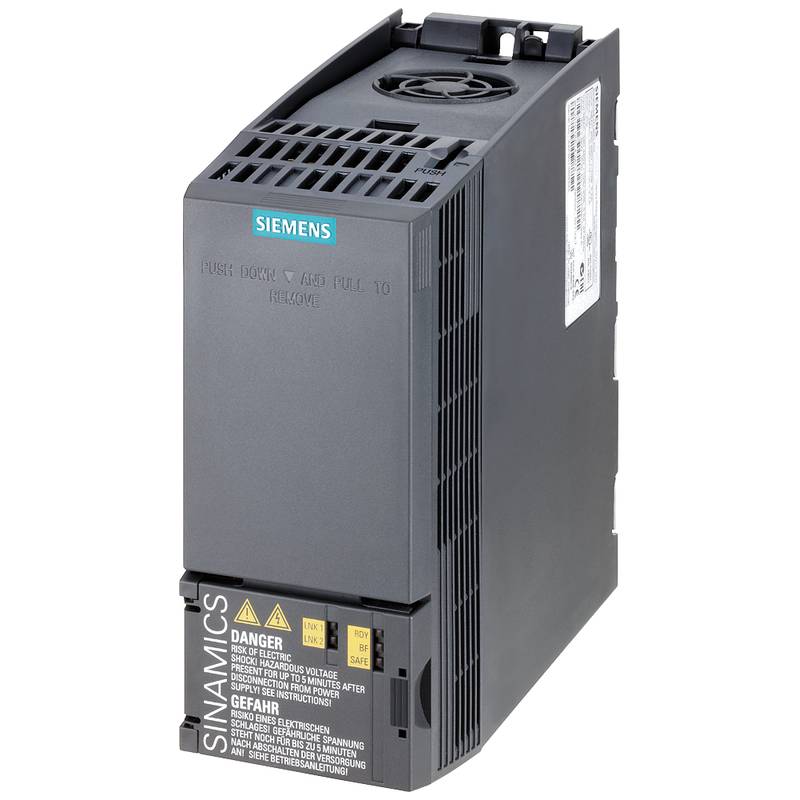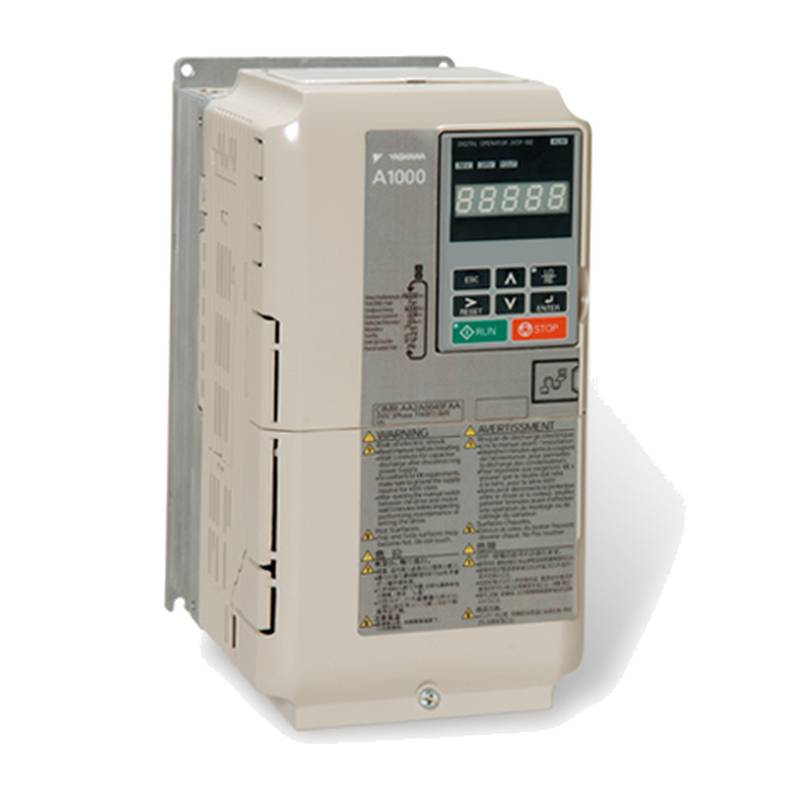
The Siemens S55720-S305 Pressure Measurement Unit and Switch is a robust industrial solution engineered for precise pressure monitoring and control in demanding environments. Its core advantages lie in its high accuracy, reliability under harsh conditions, and seamless integration into complex automation systems. Key technical parameters include an operating temperature range of -40°C to +85°C, a pressure range typically from 0 to 100 bar (though specific configurations vary), and an IP65 ingress protection rating, ensuring resilience against dust and water jets. This unit is designed for applications requiring dependable performance in sectors such as chemical processing, oil and gas, and general industrial automation.
Product Specifications
| Parameter | Specification |
| :--------------------- | :------------------------------------------ |
| Model Number | S55720-S305 |
| Operating Temperature | -40°C to +85°C |
| Pressure Range | Configurable (e.g., 0-100 bar, 0-160 bar) |
| Output Signal | Analog (e.g., 4-20 mA) or Digital (Switch) |
| Ingress Protection | IP65 |
| Power Supply | 24 VDC |
| Communication Interface| Typically HART or PROFIBUS PA |
| Material | Stainless Steel (wetted parts) |
| Accuracy | High (e.g., ±0.5% of full scale) |
Core Features & Market Positioning
The Siemens S55720-S305 distinguishes itself through its advanced sensor technology, offering superior measurement accuracy and long-term stability, crucial for process optimization and safety. Its modular design facilitates customization for specific application requirements, a significant competitive advantage over more generic pressure switches. The unit's robust construction, utilizing high-grade stainless steel for wetted parts, ensures exceptional durability and resistance to corrosive media, positioning it as a premium choice for critical infrastructure and heavy industry where equipment failure is not an option. Furthermore, its compatibility with Siemens' comprehensive automation portfolio, including SIMATIC controllers, streamlines system integration and enhances overall operational efficiency.
Key Application Scenarios
This pressure measurement unit and switch excels in critical process control loops where precise pressure regulation is paramount. In the chemical and petrochemical industries, it is widely deployed for monitoring reactor pressures, distillation column levels, and pipeline integrity, ensuring safe and efficient operations. Within the oil and gas sector, the S55720-S305 is instrumental in upstream exploration, midstream transport, and downstream refining for managing wellhead pressures, flow assurance, and tank farm level monitoring. Its reliability also makes it suitable for water and wastewater treatment plants, managing pump pressures and filter status, as well as in the food and beverage industry for precise process control during sensitive production stages.
Practical System Integration Guidance
Integrating the Siemens S55720-S305 into an existing automation system is facilitated by its standard communication protocols, such as HART or PROFIBUS PA, allowing for digital data transmission and remote configuration. For wired installations, ensuring a secure, vibration-resistant connection is vital; utilize appropriate conduit and strain relief for signal cables. When using the switch functionality, proper wiring to control relays or PLC digital input modules is essential, observing correct polarity and voltage ratings. Commissioning typically involves setting the zero point, span, and any alarm thresholds via the HART communicator or engineering software, ensuring the unit is calibrated to the specific process conditions and accurately reflects the pressure readings within the control system.
Operation and Risk Mitigation
Safe operation of the Siemens S55720-S305 hinges on adherence to installation guidelines and understanding its operational parameters. Users must verify that the selected pressure range and material compatibility are suitable for the process medium to prevent overpressure damage or material degradation. Regular calibration checks are recommended to maintain measurement accuracy and ensure timely intervention in case of deviations. In the event of a fault, error codes may be displayed or communicated digitally; consult the product manual for specific interpretations, which often indicate issues like sensor failure, wiring problems, or exceeding operational limits, allowing for targeted troubleshooting and minimizing potential process disruption or safety hazards.
Scalability & Long-Term Value
The Siemens S55720-S305 offers significant long-term value through its inherent scalability and compatibility with future industrial advancements. As part of the broader Siemens industrial ecosystem, it seamlessly integrates with newer generations of controllers and IIoT platforms, supporting digital transformation initiatives. For facilities looking to enhance their predictive maintenance capabilities, the diagnostic data provided by the S55720-S305 can be leveraged within advanced analytics software to monitor equipment health and anticipate potential failures. This forward-looking design ensures that investments in this pressure measurement technology remain relevant and contribute to the evolving needs of smart manufacturing and Industry 4.0 environments.
Frequently Asked Questions
What is the typical accuracy of the Siemens S55720-S305?
The Siemens S55720-S305 generally offers high measurement accuracy, often within ±0.5% of the full-scale range. This precision is critical for maintaining tight process control and ensuring product quality. Such accuracy minimizes deviations and supports efficient resource utilization in industrial applications.
This level of precision is achieved through advanced sensor technology and rigorous factory calibration. Users can rely on consistent and repeatable readings for critical parameters. The unit's design prioritizes stability, reducing drift over time.
Maintaining this accuracy involves proper installation and periodic recalibration, especially in environments with extreme temperature fluctuations or vibration. Adhering to manufacturer guidelines ensures long-term performance.
How do I connect the Siemens S55720-S305 to a PLC?
Connecting the S55720-S305 to a PLC typically involves using its analog output (e.g., 4-20 mA) or digital switch contacts. For analog output, wire the signal wires to the appropriate analog input channels on your PLC. Ensure correct voltage and current handling capabilities of the PLC's input module.
For digital switch output, connect the switch terminals to a digital input channel on the PLC. Verify the switch's operational voltage and current ratings against the PLC input specifications. Proper grounding and shielding of signal cables are essential to prevent noise interference.
When using communication protocols like HART or PROFIBUS PA, specific bus wiring configurations and termination resistors are required. Consult the Siemens documentation for detailed wiring diagrams and configuration steps tailored to your specific PLC and communication network.
What are the main benefits of using the Siemens S55720-S305 in harsh industrial environments?
The S55720-S305 is built for durability, featuring a robust stainless steel construction for wetted parts, resisting corrosion and wear. Its high ingress protection rating (IP65) safeguards internal components from dust and water jets, crucial for wash-down areas or outdoor installations.
Operating reliably across a wide temperature range (-40°C to +85°C) ensures consistent performance in extreme climates or near heat-generating equipment. This resilience minimizes the risk of premature failure and reduces maintenance downtime.
Its inherent stability and resistance to vibration further contribute to its suitability for demanding applications. This ensures accurate and dependable pressure readings, even under challenging operational conditions found in sectors like oil and gas or chemical processing.














